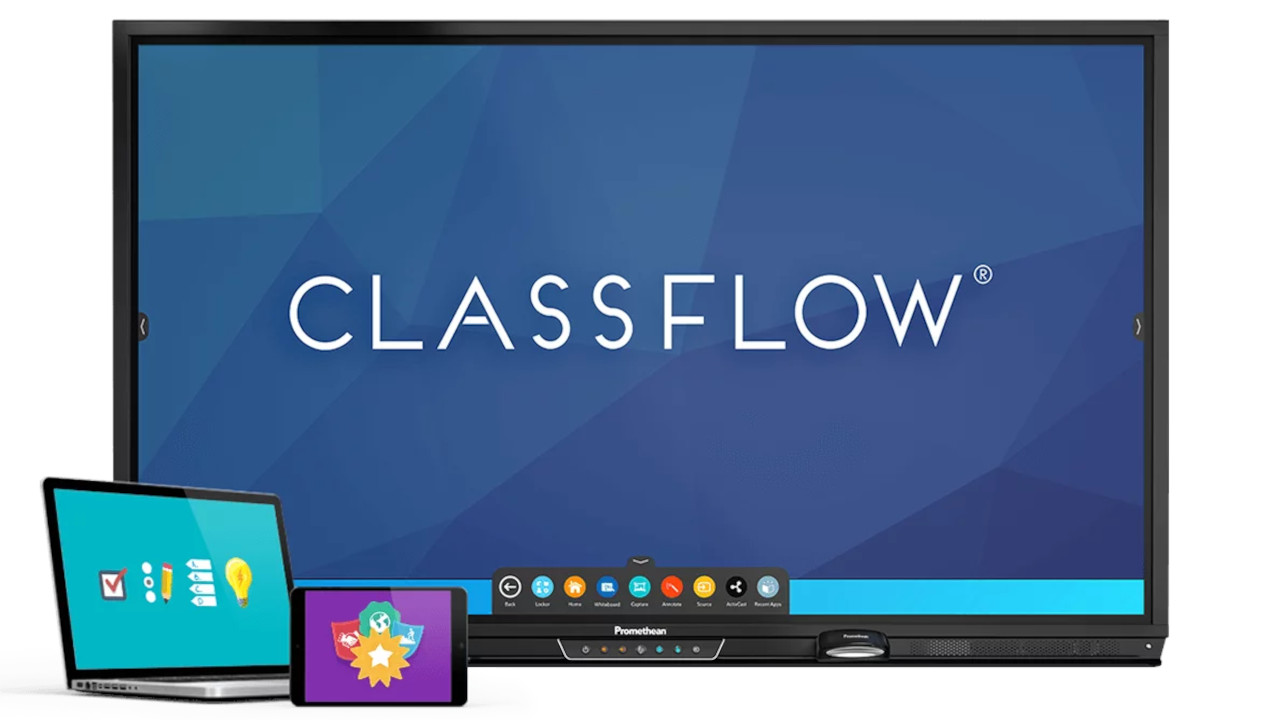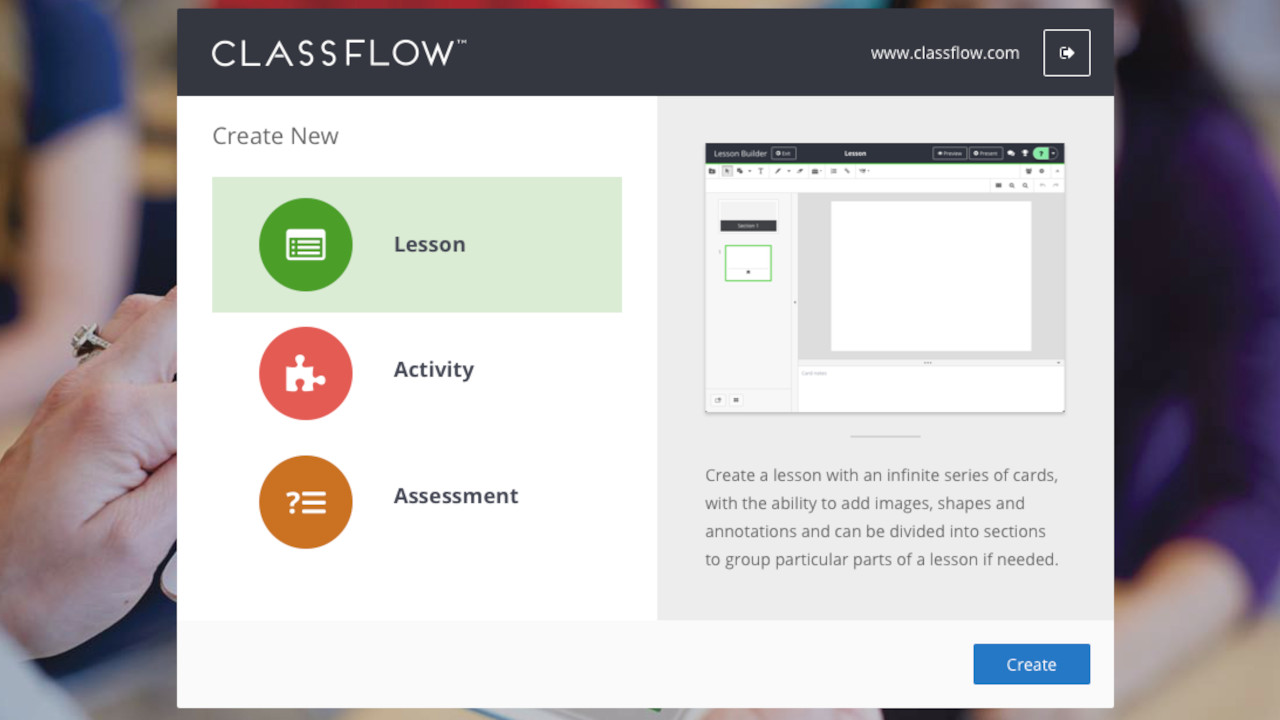What is ClassFlow and How Can it Be Used to Teach? Tips & Tricks
ClassFlow is the lesson delivery tool that could make your digital classroom more engaging

ClassFlow is a lesson delivery tool that allows teachers to create and share lessons for live interaction, using digital devices in the class.
Unlike some lesson-planning platforms, ClassFlow is all about interacting in the classroom. This can mean using a whiteboard to present and/or students using devices to interact, live.
This works well with groups but also helps with one-to-one teaching in the class and can also be adapted for a flipped classroom-style of teaching as needed.
The fact this is a very media-rich platform means that there is a lot of room for creativity. It also makes for an easy way to assess students and see that range of response data all in one place.
What is ClassFlow?
ClassFlow is, at its most simple, a lesson delivery platform. It allows for rich digital media to be woven into a lesson, which can be shared and interacted with live, in class.

There are a wide selection of lessons already available to pick from, making this a good option for teachers short on time who want something already created -- likely by another teacher in the community.
Everything is simple to use but follows instructional guidance, allowing you to learn as you go. It can be easy to use a premade lesson as a way to teach, however, this can help you learn how the system works -- so you can create your own types of lessons from scratch as needed.
Tools and ideas to transform education. Sign up below.
Usefully, ClassFlow can work as part of a lesson, providing interactive elements and break-out opportunities to create a lesson that is varied and engaging for the class.
How does ClassFlow work?
ClassFlow is free to use and easy to get started with right away, both for teachers and students once they create an account. While the whiteboard mode can be used simply, students can also interact when needed.

Lessons can be created and then shared using a URL or QR code so students can then access that from their individual devices. Students can then respond to questions in the class but also have their effort individually assessed by the teacher.
Teachers can integrate quick polls into lessons to help get a guide on understanding as the lesson progresses. Formative assessments can then be added to help check learning or focus on areas that need additional attention.
While everything is relatively intuitive, it doesn't all flow together as perfectly as the name may suggest. But for a free tool, it is still very impressive and there are plenty of instructional videos to help use the platform at its highest potential.
What are the best ClassFlow features?
ClassFlow uses a space that has a selection of lessons already available, which can be searched to get the ideal fit for what is being taught.

Helpfully, you can also build lessons from scratch. Having done some pre-builds first, it can guide the process for creating a lesson with the tool. While the whiteboard is ideal for guiding the class in the room, the assessments and polls can also be used outside of lesson time as a way to assess students, or for a flipped classroom-teaching style.
The system integrates well with other platforms to allow for integration of media, with Google and Microsoft functionality. For example, you can pull in PowerPoint presentations and make that a part of the lesson.
Interaction with students is helpful digitally with the ability to add annotations to work, insert images, color-code, group, add responses, and more. The selection of question types is also good, with multiple choice, numerical, true or false, and more, with up to eight types available for varying grade levels and content types. The ability to award digital badges is also a cool feature that adds value.
How much does ClassFlow cost?
ClassFlow is free to use. There are no ads and you can get started using the system right away by creating an account with a name and email address.
It is worth noting that lessons created can be shared on the market space for others to use. Also, feedback data is stored so teachers can assess the class and students easily -- but that may raise potential digital security questions that each teacher will want to address with the technology and cybersecurity leaders in their district.
ClassFlow best tips and tricks
Start simply
Use a pre-built lesson to give this a try and learn how it works. This applies to both the teachers and the students.
Poll regularly
Use polls throughout the lesson to gauge how a subject is being understood both as a way to assess student progress as well as the teaching style and layout you're trying.
Go visual
Keep in mind this is on the whiteboard -- so integrate visuals such as working with word clouds, videos, images, and more to keep students engaged.
Luke Edwards is a freelance writer and editor with more than two decades of experience covering tech, science, and health. He writes for many publications covering health tech, software and apps, digital teaching tools, VPNs, TV, audio, smart home, antivirus, broadband, smartphones, cars and much more.
